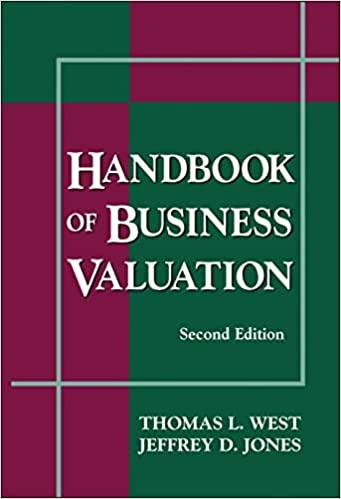Answered step by step
Verified Expert Solution
Question
1 Approved Answer
The biopharma industry is facing significant challenges to their existing business models because of expiring drug patents, declining risk tolerance of venture capitalists and other




The biopharma industry is facing significant challenges to their existing business models because of expiring drug patents, declining risk tolerance of venture capitalists and other investors, and increasing complexity in translational medicine. In response to these challenges, new alternative investment companies have emerged to bridge the biopharma funding gap by purchasing economic interests in drug royalty streams. Such purchases allow universities and biopharma companies to monetize their intellectual property, creating greater financial flexibility for them while giving investors an opportunity to participate in the life sciences industry at lower risk. Royalty Pharma is a privately owned alternative investment company that focuses on the acquisition of these pharmaceutical royalty interests. The company invests in products after regulatory approval and, more recently, also in the late stages of clinical trials. By the end of 2013, its portfolio consisted of royalty interests in 39 approved and marketed biopharmaceutical products, and 2 products in clinical trials and/or under review by the FDA and/or EMA. With such a large portfolio diversified across multiple therapeutic indications, it is the global leader in dedicated royalty investment entities. In this case study, we analyze Royalty Pharma's unique financing structure and business model. Problem 1 0.0/1.0 point (graded) When purchasing the rights to a royalty, depending on the seller's desired cash flows, Royalty Pharma can provide different types of payment schedules, such as an accelerated royalty or a synthetic royalty. In an accelerated royalty investment, Royalty Pharma provides the seller with the cash flow from a royalty over a shorter duration than the actual royalty. For example, suppose the seller agrees to receive a fixed annual payment from Royalty Pharma for three years instead of 3% royalty on net sales over the course of 9 years. Assuming net sales of $1 billion per year, and a discount rate of 10%, what is the minimum acceptable fixed annual payment for this three- years. Assuming net sales of $1 billion per year, and a discount rate of 10%, what is the minimum acceptable fixed annual payment for this three- year agreement? Assume all cash flows including royalties occur at the end of the year so the first payment is made in exactly 1 year. (Note: Your answer should be expressed in units of millions of dollars.) $ million
Step by Step Solution
There are 3 Steps involved in it
Step: 1

Get Instant Access to Expert-Tailored Solutions
See step-by-step solutions with expert insights and AI powered tools for academic success
Step: 2

Step: 3

Ace Your Homework with AI
Get the answers you need in no time with our AI-driven, step-by-step assistance
Get Started


